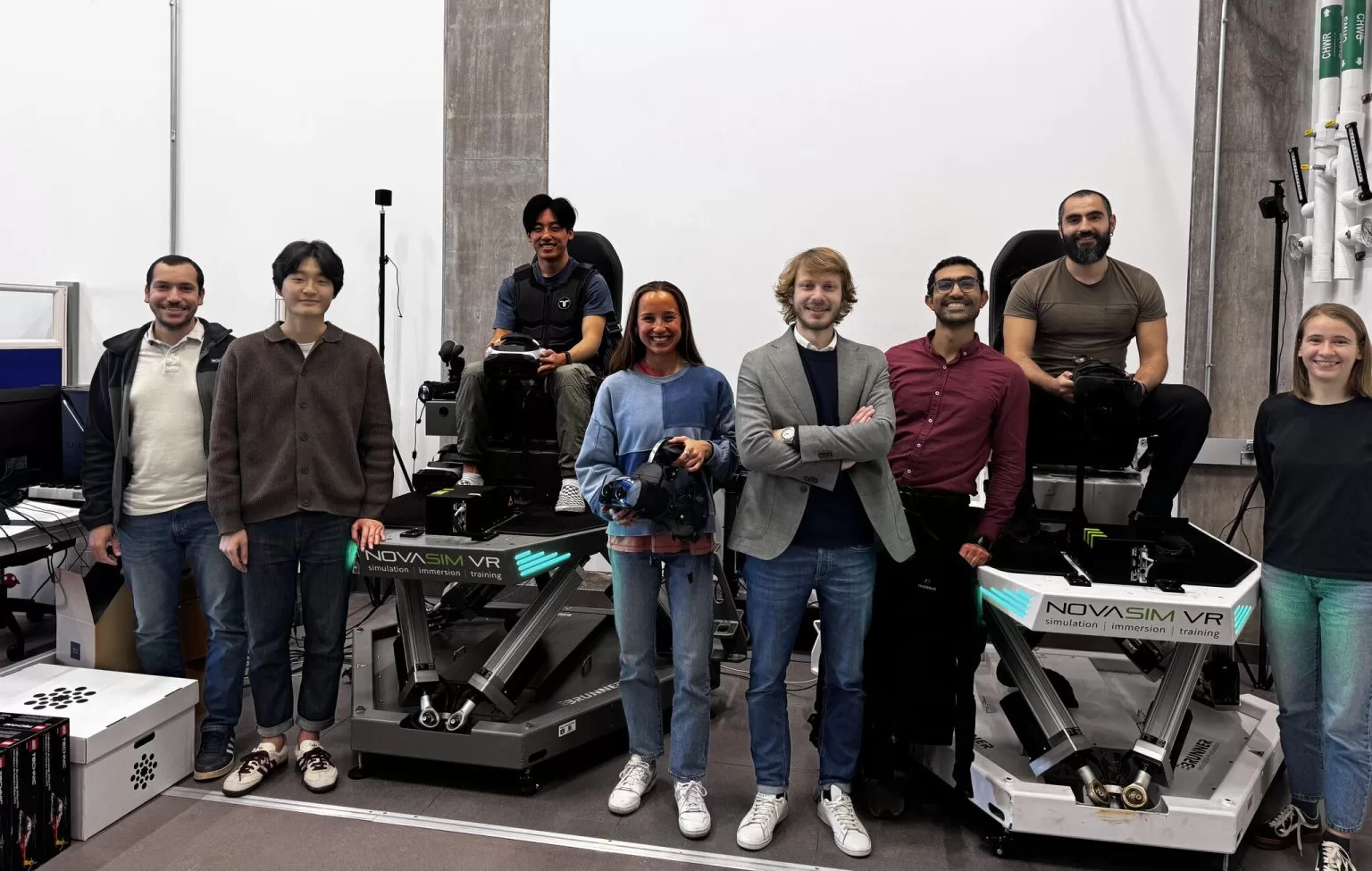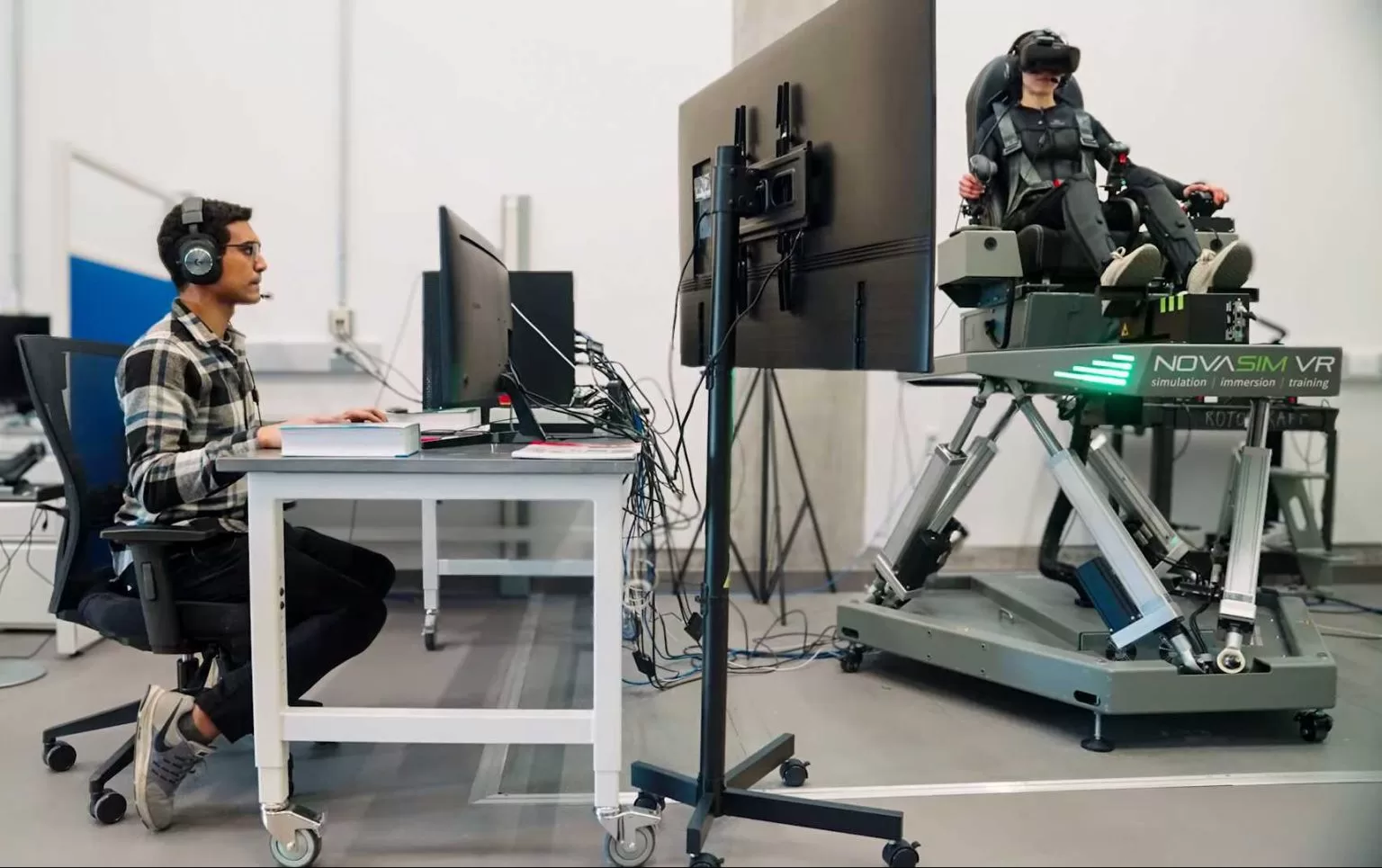In the ever-evolving landscape of aviation training, the University of Maryland’s (UMD) Extended Reality Flight Simulation and Control Lab stands out as a beacon of innovation. This cutting-edge facility is dedicated to advancing aviation safety, enhancing pilot performance, and revolutionizing training efficiency through the integration of Virtual Reality (VR) and Extended Reality (XR) technologies.

Led by a dynamic team of approximately 15 researchers, including master’s students, Ph.D. candidates, and postdoctoral fellows, the UMD lab is at the forefront of research in critical aerospace domains such as flight dynamics, vertical lift technologies, and human-machine interaction. Over the past two and a half years, the lab has secured nearly $3 million in research funding from prestigious organizations including the U.S. Army, U.S. Navy, National Science Foundation, Lockheed Martin, and NASA. This substantial investment underscores the significance and transformative potential of the lab’s work.
The Advantages of VR/XR in Flight Training

Cost Efficiency: VR/XR simulations drastically reduce the costs associated with simulator setups, making advanced simulation technology more accessible for universities and training centers.
Reduced Physical Footprint: By eliminating the need for large screens and bulky structures, VR/XR simulators significantly decrease the mass, inertia, and size of training setups, freeing up valuable space.
Flexibility and Versatility: VR/XR technologies enable rapid and effortless switching between different configurations, eliminating the need for separate physical setups and enhancing training flexibility.
Multi-User Capabilities: VR/XR simulators are affordable enough to acquire multiple units that can be linked together, facilitating simultaneous multi-pilot and multi-aircraft simulations for collaborative training experiences.
Enhanced Immersion and Realism: Head-mounted devices can be seamlessly integrated with various motion platforms, delivering unprecedented simulation maneuvers that closely mimic real-world flying conditions.
Improved Field of View: VR/XR headsets offer superior 360° look-down and peripheral vision capabilities, surpassing the limitations of physical screens and providing a more immersive training experience.
Innovative Technologies from UMD Lab
- High-Precision Headsets: The lab utilizes Varjo XR-3 and XR-4 headsets, which employ advanced mixed-reality pass-through technology to enable physical interaction between pilots and cockpit elements.
- Haptic Feedback Technology: In collaboration with Lockheed Martin, the lab is exploring the application of haptic feedback in flight simulations, particularly to enhance pilot perception and performance in visually degraded scenarios.
- Wearable Physiological Sensing: The lab employs headsets equipped with functional near-infrared spectroscopy (fNIRS) and electroencephalogram (EEG) sensors to capture real-time brainwave data from pilots in immersive flight environments, providing valuable insights for optimizing training experiences.
- Galvanic Vestibular Stimulation (GVS): The lab is venturing into GVS technology, which sends motion signals directly to the brain through electrodes in a headset, simulating sensations like turning or acceleration for a more realistic simulation experience under extreme flight conditions.
The UMD lab’s research is not only advancing the state-of-the-art in flight simulation technology but also having a tangible impact on aviation training. By leveraging VR/XR technologies, the lab is making advanced simulation technology more accessible and efficient, enabling pilots to train in a more realistic and immersive environment. This, in turn, is expected to improve pilot performance, reduce training time, and enhance aviation safety.
UMD’s Extended Reality Flight Simulation and Control Lab is setting new standards in aviation research and training innovation. Through its groundbreaking work in VR/XR technologies, the lab is reshaping the future of flight training, paving the way for more effective, efficient, and engaging training experiences. As the lab continues to push the boundaries of what is possible, we can anticipate even more exciting advancements in the years to come. Stay tuned for updates from the UMD lab as they continue to pioneer the future of aviation training.
More detail at our website: www.stekiamusement.com
Add.: 3rd Floor, No.1 Rongling RD.,Zhushan, Shiqi, Panyu District, Guangzhou, Guangdong,China / PC:511450
Phone: +86 18922708522 / +86 20 28991474
Facebook: https://www.facebook.com/Owatch-9D-Virtual-Reality-Simulator-811882662329537/





